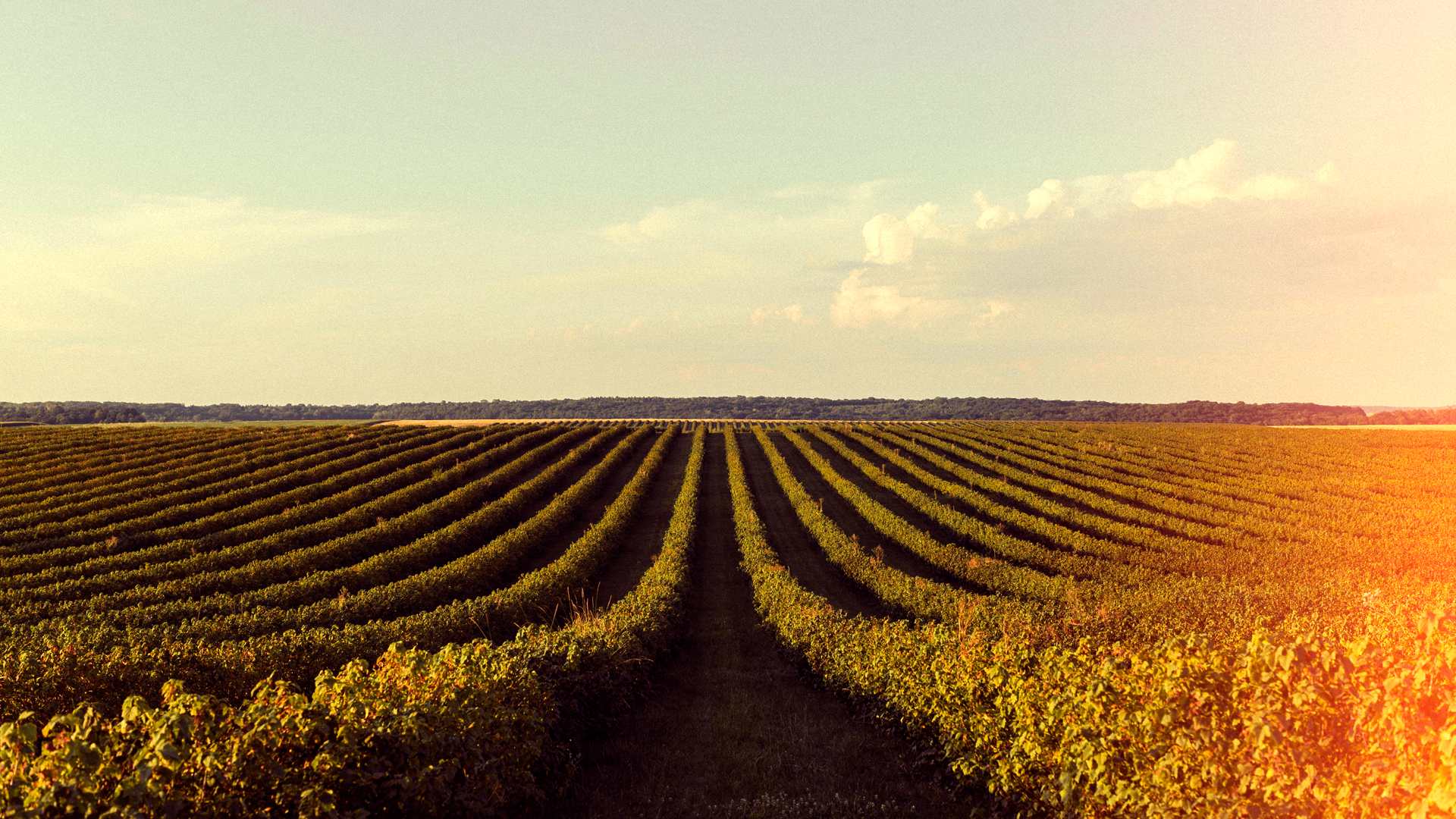South America stands out as the largest coffee-producing region in the world. According to the International Coffee Organization (ICO), approximately half of the world’s coffee production originates from this region, thus consolidating the importance of South American coffee on the global stage.
In addition to its grand production scale, coffee cultivation in South America carries a rich history. Marked by centuries of tradition, this region is known not only for its quantity but also for the exceptional quality of its beans.
South American coffees are appreciated for their unique sensory characteristics, becoming a reference in the coffee world. It’s no wonder that at Lucky Hills, we choose to import specialty coffee beans from Brazil, specifically from Carmo da Cachoeira in the southern part of Minas Gerais. After all, our focus is to support food service enterprises in offering delightful gastronomic experiences to their customers.
Continue reading this article to understand more about the characteristics of South American coffee.
History of South American Coffee
The historical context of coffee in South America is engaging and fundamental to understanding the region’s current position in the global coffee industry.
In the 17th century, coffee took its first steps on the continent, with notable commercial plantations starting in Brazil in 1727. A historical account suggests that Sergeant Francisco de Mello Palheta played a crucial role in this process by bringing the first coffee plant seedlings to Brazil, possibly obtained from Jesuit missionaries in French Guiana.
In the 20th century, Colombia, Peru, and Venezuela also became important coffee producers, with each South American country contributing its unique narrative to the rich diversity of cultivated beans.
Since then, coffee has become an essential crop in South America, establishing the region as one of the world’s leading coffee-producing hubs.
Ideal Growing Conditions for South American Coffee
The warm and humid climate predominant in South America provides an ideal environment for coffee cultivation. The mountainous topography, characteristic of many countries on the continent, offers altitudes perfect for the development of Arabica coffee beans.
This variety, known for its delicate nuances, thrives at higher altitudes, finding a brilliant terroir in the South American mountains.
The Best Coffee Beans from South America
South American coffees are notably appreciated for their distinctive smoothness and sweetness, featuring prominent notes such as chocolate and fruit. Additionally, they are recognized for having moderate acidity and a balanced body.
Here are some characteristics of these coffee beans:
Brazil
As the world’s leading coffee producer, Brazil significantly contributes to the diversity of South American flavors.
Brazilian coffees, carefully cultivated in regions such as Minas Gerais, Espírito Santo, and Paraná, are distinguished by their sweetness and low acidity. These beans offer smooth and balanced flavor profiles, providing a unique experience, often with subtle hints of chocolate, fruit, and caramel.
Some of the varieties found: Novo Mundo, Bourbon, Catuaí, Catucaí, Topázio, Icatu, and Acaiá.
Colombia
Colombia excels in the quality of its Arabica coffees, cultivated in regions such as Antioquia, Caldas, and Huila.
The flavor profile of Colombian coffee is generally characterized by its sweetness, medium body, and moderate acidity, presenting an array of incredible flavor notes, including chocolate, red fruits, caramel, and nuts.
Some of the varieties found: Bourbon, Castillo, Catimor, Caturra, Colombia, Maragogipe, and Typica.
Peru
Peru is recognized for its commitment to sustainable practices and its intense and full-bodied coffees, such as those cultivated in the regions of Cajamarca, Junín, and Puno.
The flavor profile of Peruvian coffees is notably characterized by moderate acidity and a rich diversity of fruity flavors. These coffees present a wide range of notes, including red fruits, citrus, chocolate, caramel, and nuts, delivering a complex and captivating sensory experience.
Some of the varieties found: Bourbon, Catimor, Caturra, Mundo Novo, Pache, Typica, and Villa Lobos.
Venezuela
Although a small producer, Venezuela stands out for its production of high-quality coffees. Cultivated in regions such as Trujillo, Lara, and Portuguesa, Venezuelan coffees surprise with their smoothness and sweetness, accompanied by moderate acidity that enhances delicate nuances of fruits and sweet citrus notes.
Some of the varieties found: Bourbon, Caturra, Mundo Novo, and Typica.
Finally, it is important to emphasize that these are just some premises, as, in general, coffee characteristics can vary according to a series of factors, including the variety of the beans, the cultivation method, harvesting, roasting, and grinding.
However, as we can observe, South American coffee is an expression of the region’s richness and diversity.
From ideal climatic conditions to specialized cultivation practices, each element contributes to the uniqueness and quality of these beans, captivating palates around the world.
Lucky Hills: Specialty Coffee Directly from Brazil to Your Business
Lucky Hills’ Brazilian specialty coffee stands out through the careful selection of beans cultivated on partner farms, gathering 80 coffee growers in one of Brazil’s most renowned coffee regions: Carmo da Cachoeira, located in southern Minas Gerais, which is also the largest Arabica coffee-producing region in the country.
By importing these beans to the United States and roasting them locally in Florida, we ensure freshness and an unparalleled aroma, guaranteeing an authentic and immersive sensory experience even for the most discerning palates. Additionally, we adopt a direct trade business model, establishing a transparent connection between producers and consumers, promoting not only exceptional coffee but also ethical and sustainable business practices.
Talk to our consultants and learn about our varieties of specialty coffees.



